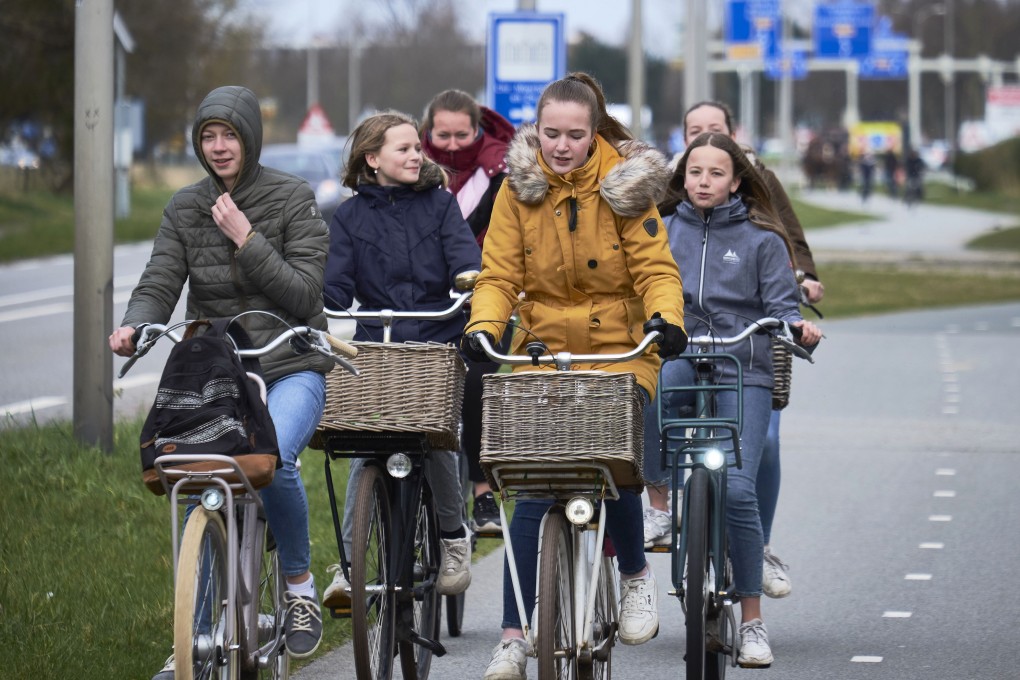Advertisement
Opinion | The coronavirus affects preteens less; does evolution play a role in protecting our youth?
- The Spanish flu killed tens of millions of healthy adults, yet spared preteens, and children aged 10 to 14 are the least affected by the Ebola virus
- The novel coronavirus appears to be sparing them too, and scientists are looking at the role played by evolution and hormones
Reading Time:3 minutes
Why you can trust SCMP

Among the most frequently asked questions in secondary school biology exams are how bacteria gain antibiotic resistance, and why we need to take a flu shot every year when the polio vaccination provides lifelong immunity.
Advertisement
Can Darwin’s theory of evolution by natural selection be applied to the Covid-19 pandemic? Are those best adapted to the environment and the fittest among us surviving? The old, the very young, the immuno-compromised and co-morbid are the most vulnerable age groups in this pandemic.
It is therefore interesting to note that the pre- and post-pubescent demographic to whom we teach Darwin’s theories and Pasteur’s discoveries on vaccines has been the least affected by this coronavirus.
The 1918 H1N1 flu pandemic, also known as the Spanish flu, which killed an estimated 50 million people worldwide, was characterised by a high death rate among healthy adults between the ages of 25 and 34. Lasting from January 1918 to December 1920, the virus infected 500 million people, but not the elderly. It is presumed they may have acquired immunity by surviving the Russian pandemic of 1889-90.

Advertisement
Spanish flu seems to have stricken young people over the age of puberty. This was in the days before penicillin was discovered; and many deaths may not have been caused by the influenza virus itself, but by secondary bacterial infections. Interestingly, when the same H1N1 virus caused a pandemic in 2009, the fatality rate was also lowest among children in this age group.

Advertisement
